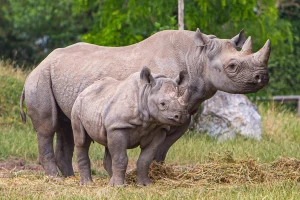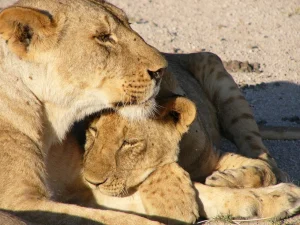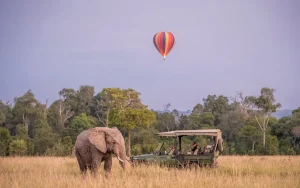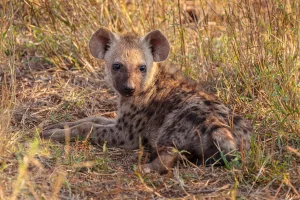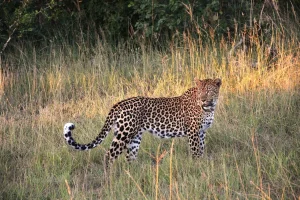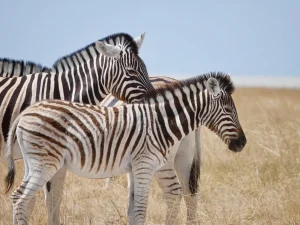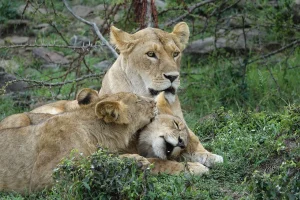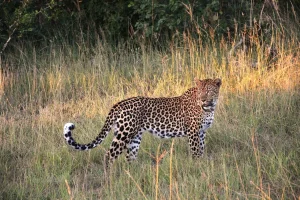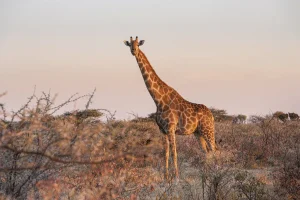Unveiling the Size of Nairobi National Park: A Vital Sanctuary
Nairobi National Park, a remarkable sanctuary where wildlife roams freely against the backdrop of a major city, captivates the imagination of visitors worldwide. When discussing the size of Nairobi National Park, it’s often quantified in various units of measurement. The park encompasses an estimated 117 square kilometers. For those more comfortable with imperial units, this translates to approximately 45 square miles.
In terms of land management, the area covered by Nairobi National Park is also frequently expressed in hectares, totaling around 11,700 hectares, or close to 28,911 acres. Notably, the Kenya Wildlife Service oversees a slightly larger management area, reported to be around 31,000 acres, indicating the total land under their conservation efforts related to the park.
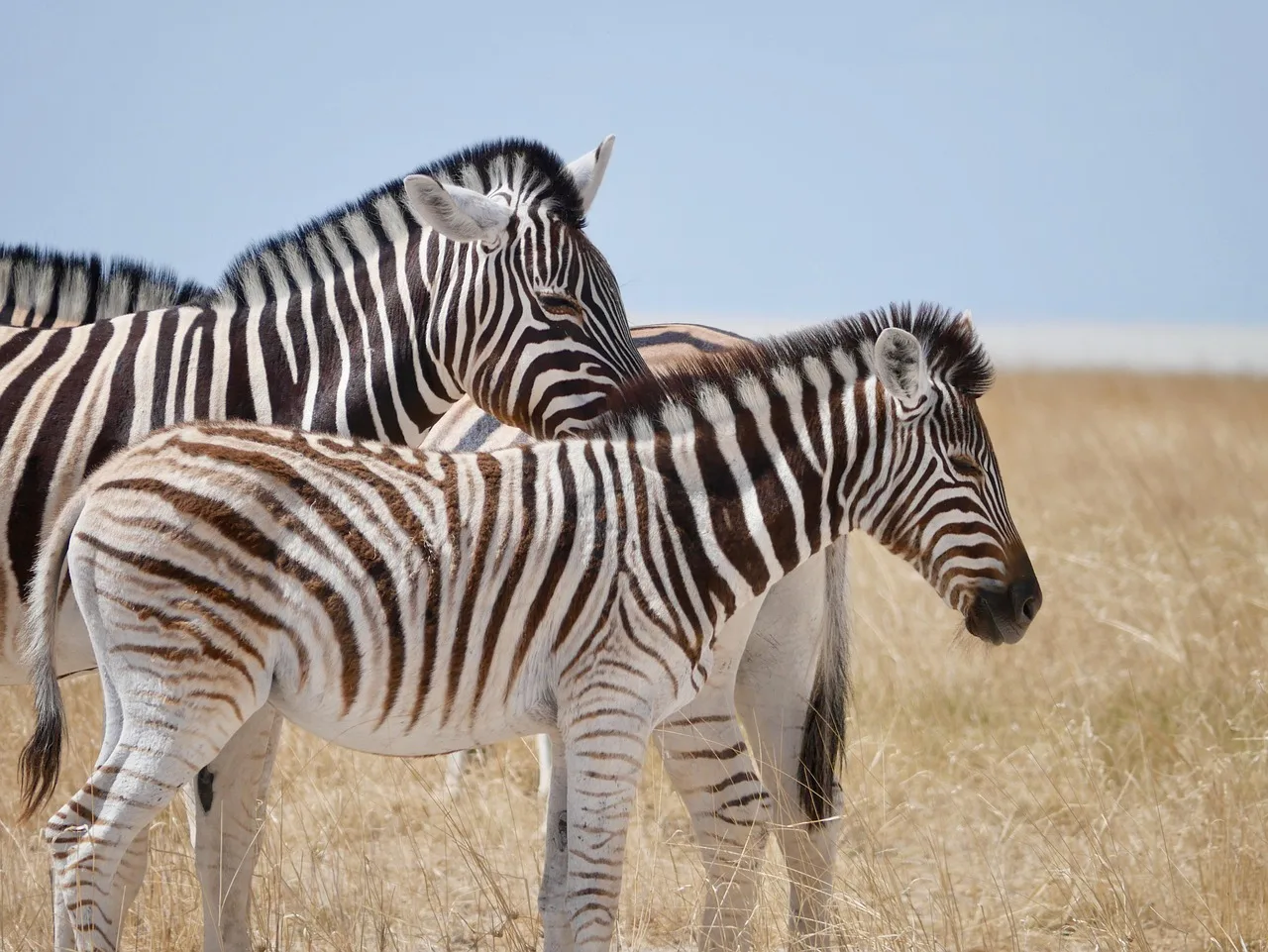
The Significance of Size for Wildlife Preservation
The extent of Nairobi National Park plays a vital role in supporting its diverse animal inhabitants. This substantial wildlife area provides crucial habitats necessary for the survival of numerous species, including the critically endangered black rhinoceros, majestic lions, graceful giraffes, and herds of zebras, alongside a rich variety of birdlife. Maintaining an adequate nairobi national park protected area size is essential for allowing natural animal movements and ensuring healthy population levels. While fences define the park’s northern, eastern, and western perimeters, the unfenced southern boundary along the Mbagathi River allows animals to migrate into the adjoining Kitengela Conservation Area and the extensive Athi-Kapiti plains, emphasizing the ecological importance of the park’s current total area.
Beyond the Numbers: What the Park Offers
While understanding the Nairobi national park size in acres or square kilometers provides a numerical perspective, the park’s value extends far beyond mere acreage. It offers unparalleled nairobi national park safari experiences, allowing visitors to witness the incredible nairobi national park wildlife in their natural environment. Popular things to do in Nairobi National Park range from thrilling game drives and serene birdwatching to educational visits at the nairobi animal orphanage and engaging walks along the nairobi safari walk. Planning a visit involves considering the nairobi national park entry fee and determining the best time to visit nairobi national park for optimal wildlife sightings. Navigating the park is made easier with a Nairobi national park map. The park’s remarkable Nairobi national park location, a short distance from Nairobi’s city center, makes it an easily accessible natural wonder.
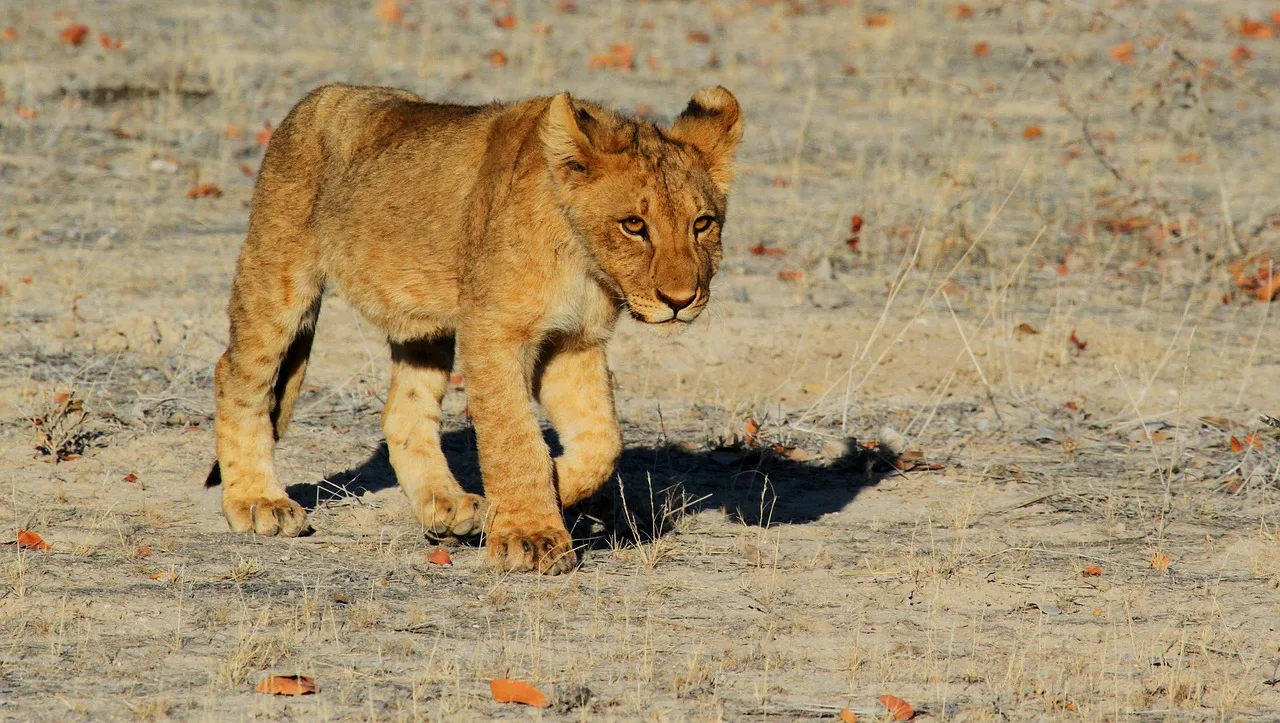
A Look at the Historical Footprint
The history of Nairobi National Park size reveals a relatively consistent boundary since its establishment in 1946, marking it as Kenya’s oldest national park. This enduring extent of Nairobi National Park underscores a long-standing commitment to preserving this essential ecosystem in close proximity to urban development. The continued dedication to maintaining this protected area covered by Nairobi National Park ensures the ongoing conservation of its remarkable fauna and flora.
In summary, Nairobi National Park’s approximately 117 square kilometers (45 square miles, or roughly 28,911 to 31,000 acres under management) represents a vital conservation zone crucial for the region’s biodiversity. Its significant park area, coupled with its unique location bordering a capital city, makes it a protected area of global importance. To delve deeper into the fascinating wildlife that inhabits this park, explore the resources provided by the Kenya Wildlife Service. For a broader understanding of Kenya’s national parks and their significance, you can find valuable information on Wikipedia’s page about National Parks of Kenya. Considering the size comparison Nairobi national park holds with other national parks further highlights its unique ecological role.

